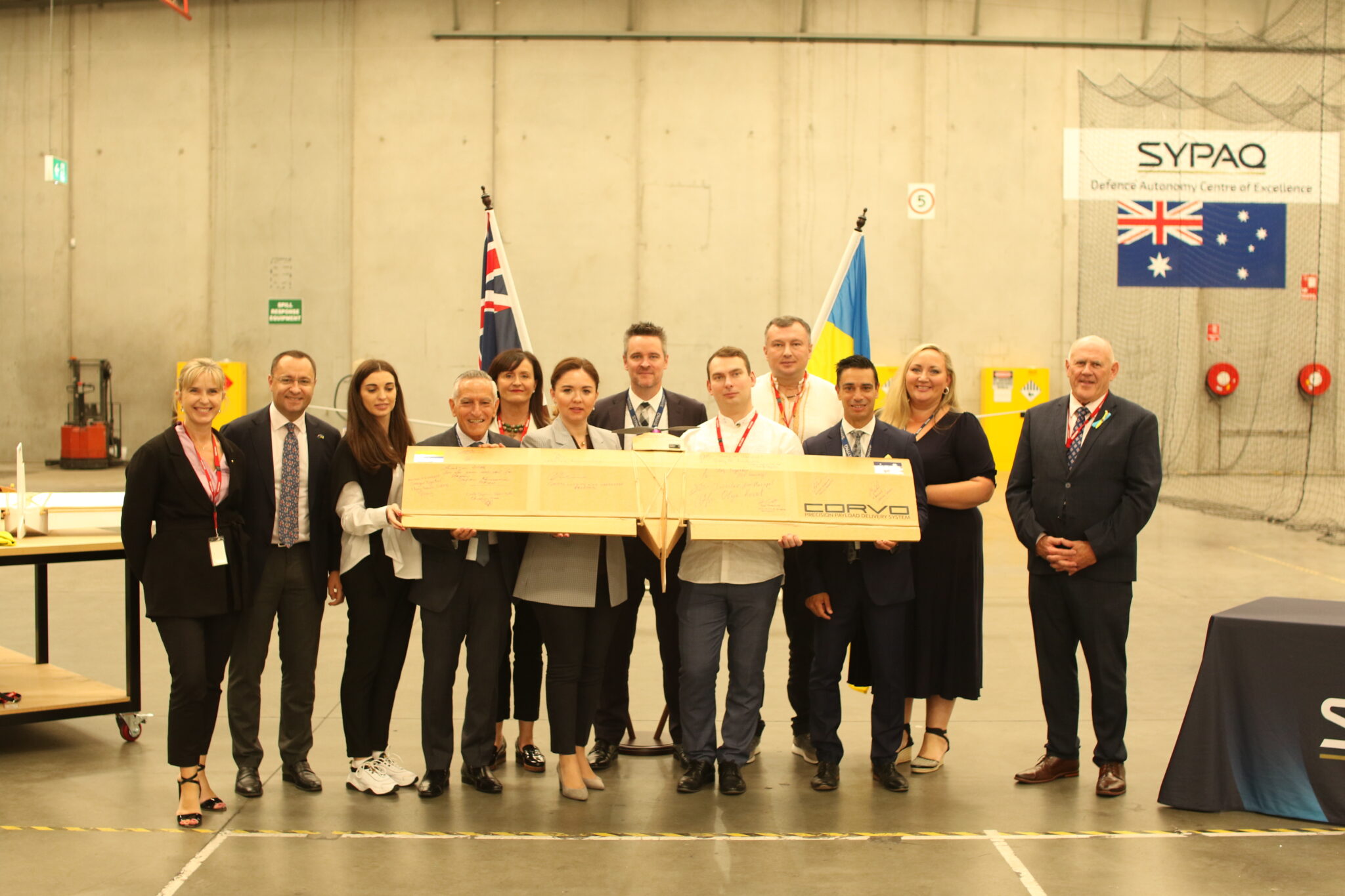The Ukrainian Armed Forces (UAF) have claimed to have employed Australian-made cardboard drones in a strike against five Russian fighter jets at a military airfield in Kursk, Russia. The attack took place on Saturday, August 26, and reportedly damaged a MiG-29 and four Su-30 fighter jets, as well as two Pantsir missile launchers and part of an S-300 air defense system. The UAF’s Security Service (SBU) said that the drones were launched from inside Ukraine and flew for over 100 kilometers before reaching the airfield. The drones are reportedly made of waxed cardboard and rubber bands, and are designed to be disposable. The Russian Ministry of Defense (MoD) has not confirmed the Ukrainian claims, but it did say that it had shot down two drones over Kursk and in Bryansk, a city about 150 miles away. The MoD also said that a drone had damaged an apartment building in Kursk.
The use of cardboard drones is a new development in the war in Ukraine. The drones are relatively inexpensive and easy to produce, making them a cost-effective way to attack Russian targets. The drones are also difficult to detect and intercept, making them a valuable asset for the UAF. The attack on the Kursk airfield is a significant blow to the Russian military. The airfield is a key strategic location, and its destruction will make it more difficult for Russia to launch attacks on Ukraine. The attack also shows that the UAF is still capable of carrying out effective strikes against Russian targets, despite the overwhelming odds. The use of cardboard drones is a reminder of the ingenuity and determination of the Ukrainian people. The Ukrainians are fighting for their survival, and they are using every means at their disposal to defend their country. The cardboard drones are a testament to the Ukrainian people’s creativity and resourcefulness.

SYPAQ Systems had delivered Australian autonomous systems to support the Ukrainian Armed Forces thanks to investment from the Australian Department of Defence. Following the announcement in July 2022 that Defence would be providing further funds to purchase much-needed defence technology and equipment for Ukraine, SYPAQ Systems has been able to manufacture its Corvo Precision Payload Delivery System (PPDS) drones for the Ukrainian Armed Forces. Developed in Melbourne in partnership with Australian Army and under a $$700,000 Defence Innovation Hub contract, the Corvo PPDS is a low cost, expendable drone for the delivery of supplies and equipment into areas traditional logistics capabilities cannot reach. PPDS is being manufactured at SYPAQ’s Defence Autonomy Centre of Excellence in Fisherman’s Bend, Melbourne, using components from SYPAQ’s Australian supply chain.
The use of cardboard drones by the UAF is a significant development in the war. The drones are relatively inexpensive and easy to produce, making them a cost-effective way to attack Russian targets. The drones are also difficult to detect and intercept, making them a valuable asset for the UAF. The attack on the Kursk airfield is a major blow to the Russian military. The airfield is a key strategic location, and its destruction will make it more difficult for Russia to launch attacks on Ukraine. The attack also shows that the UAF is still capable of carrying out effective strikes against Russian targets, despite the overwhelming odds. The use of cardboard drones is a reminder of the ingenuity and determination of the Ukrainian people. The Ukrainians are fighting for their survival, and they are using every means at their disposal to defend their country. The use of cardboard drones is a new development in the war in Ukraine, but it is likely to be just the beginning. As the war drags on, we can expect to see more and more innovative uses of drones by both sides.
















